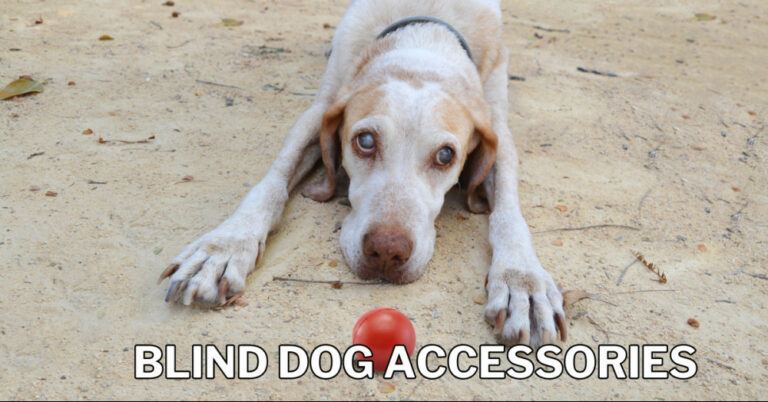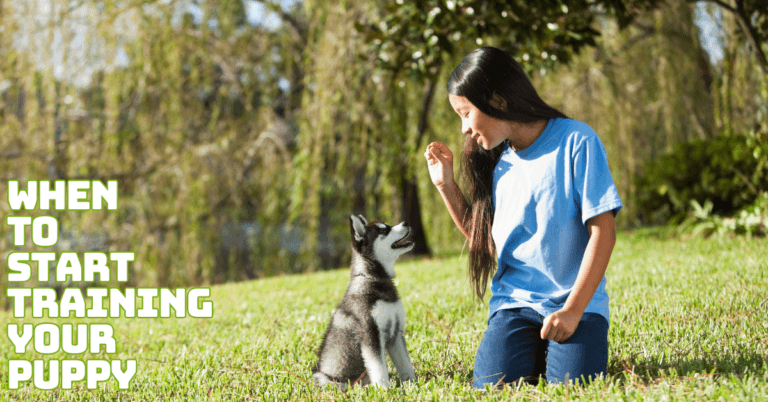Solutions To Dog Overweight Problems
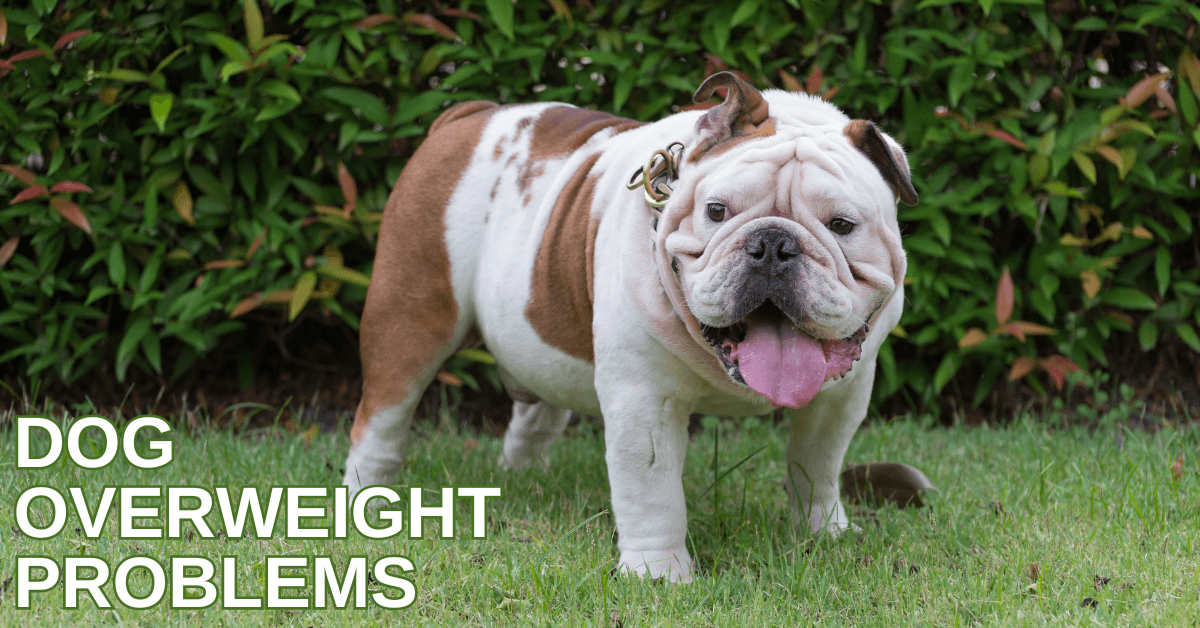
Solutions To Dog Overweight Problems
Understanding and addressing dog weight problems is crucial for their health and well-being.
Similar to humans, excess weight in dogs can lead to various health issues such as diabetes, arthritis, heart disease, and a shortened lifespan.
Unfortunately, overweight and obesity are becoming increasingly common among dogs, with a significant portion of the pet population affected.
The primary causes of these issues are often excessive caloric intake and insufficient exercise.
Dog weight increase, however, can also be caused by other elements like age, underlying medical problems, and breed predisposition.
This article thoroughly explains canine weight issues, including their causes, associated health hazards, and practical solutions for control and prevention.
Pet owners can help their dogs achieve and maintain a healthy weight for a longer and happier life by being aware of the issues surrounding canine obesity and taking proactive measures.
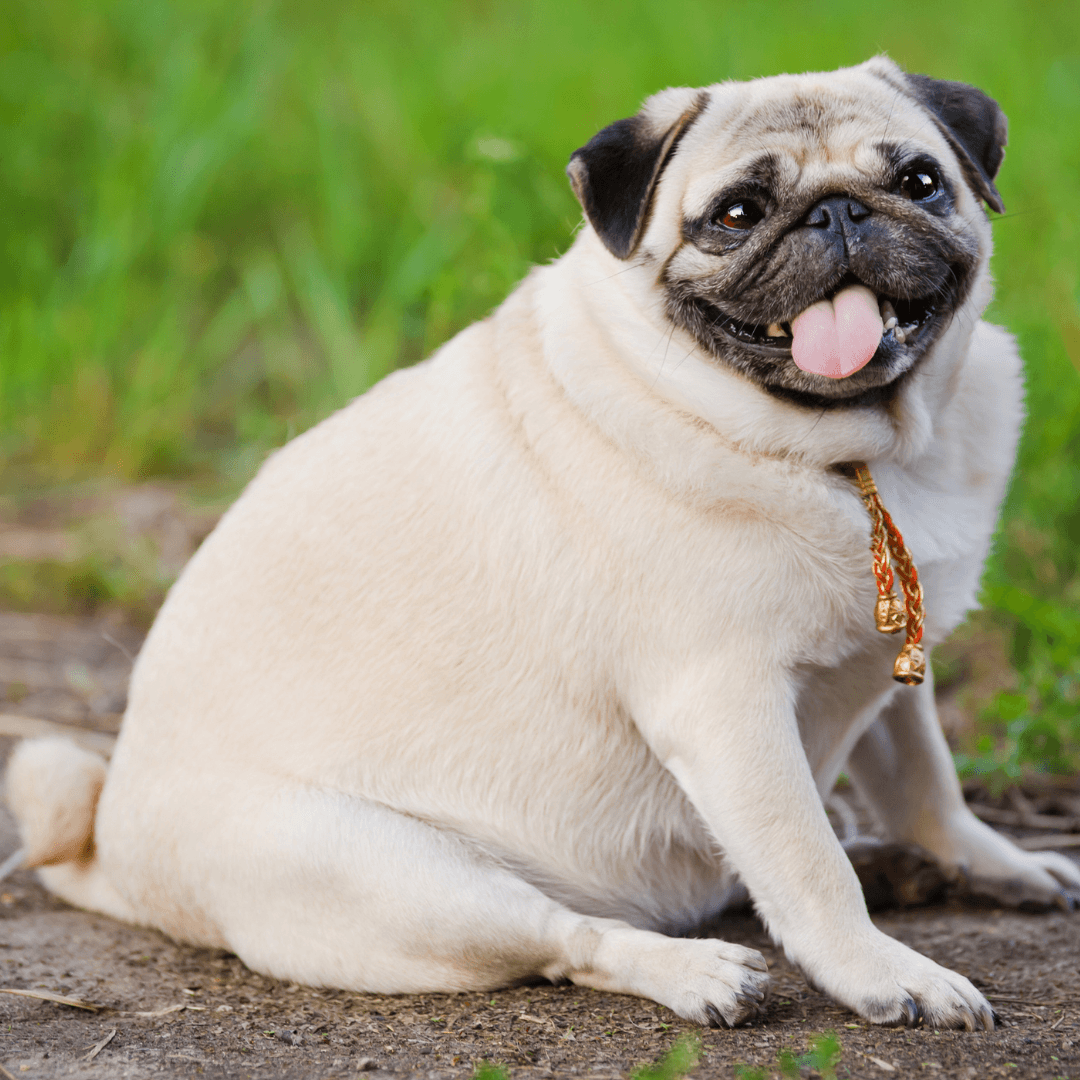
What Is Obesity In Dogs?
Obesity in dogs is a condition characterized by an excessive accumulation of body fat, which can lead to health issues and a reduced quality of life.
It occurs when a dog consumes more calories than it expends, often due to overfeeding, lack of physical activity, or a combination of both.
Factors such as breed, age, sex, and underlying health conditions can also contribute to obesity.
Obesity can have serious consequences for a dog's health. It increases the risk of developing various medical conditions, including diabetes, arthritis, heart disease, and respiratory issues.
Obesity can also exacerbate existing health problems, such as joint pain or breathing difficulties.
Additionally, obese dogs are more prone to heat intolerance and skin problems. Preventing and managing dog obesity involves a combination of dietary management and exercise.
Feeding a balanced diet, monitoring portion sizes, and providing regular opportunities for exercise can help prevent obesity.
If a dog is already obese, a veterinarian can develop a weight loss plan tailored to the dog's needs, including a controlled diet and an exercise regimen.
Regular veterinary check-ups are essential for monitoring a dog's weight and overall health.
By maintaining a healthy weight, dogs can live longer, happier lives with reduced risk of obesity-related health issues.

Dog Obesity Statistics
Dog obesity is a growing epidemic, with many canine companions tipping the scales. Here's a snapshot of the statistics:
1. Overweight And Obese
More than 50% of dogs in the US wrestle with excess weight. Globally, estimates suggest the figure could be as high as 59% for all pets.
2. Millions Too Heavy
In the US alone, a staggering 35 million dogs are overweight, with 6.7 million classified as obese.
3. Packing On Pounds Early
A troubling trend is that 37% of puppies are overweight by 6 months old.
4. Lifespan And Health Risks
Obesity can shave 2 years off a dog's life and increase the risk of various health issues.
These statistics paint a concerning picture. If you're worried about your dog's weight, visiting the veterinarian is crucial.
They can assess your dog's body condition and develop a weight management plan to get your furry friend back on track to a healthier life.
How To Identify If Your Dog Is Obese
Identifying obesity in your dog involves assessing their body condition and weight. Here are some key signs to look out for:

1. Rib Check
To perform a rib check on your dog, gently run your hands along its ribcage. You should be able to feel its ribs easily without pressing too hard.
Despite the slight covering of flesh, you should still be able to count the ribs and feel the spaces between them.
If you cannot feel your dog's ribs or must press firmly to touch them, it may indicate overweight problems.
Excess fat can accumulate over the ribcage in overweight dogs, making it difficult to feel the ribs.
Being overweight has been linked to several illnesses, including diabetes, heart disease, and arthritis; thus, this information is crucial.
If you suspect that your dog is overweight, consult with your veterinarian. They can provide a more accurate assessment of your dog's weight and recommend a weight management plan tailored to your dog's needs.
2. Body Condition Score (BCS)
The Body Condition Score (BCS) is a tool veterinarians use to assess a dog's weight and body composition.
The scale typically ranges from 1 to 9, with 1 being severely underweight and 9 being obese.
A score of 4 or 5 is generally considered ideal, indicating that the dog has an appropriate amount of body fat covering the ribs and spine, with a visible waist when viewed from above and a tucked abdomen when viewed from the side.
To determine your dog's BCS, your veterinarian will visually and manually assess its body, check for fat deposits, and evaluate muscle mass.
This assessment helps veterinarians tailor weight management plans to meet each dog's needs, including diet modifications and exercise recommendations.
By routinely checking its BCS, you can guarantee that your dog maintains a healthy weight and general well-being.
3. Exercise Tolerance
Exercise tolerance in obese dogs can be significantly reduced due to their extra weight.
The additional weight strains their joints and muscles, making physical activity more challenging and uncomfortable.
Obese dogs may show reluctance to exercise, exhibit signs of fatigue more quickly, and may have difficulty performing previously easy activities.
This reduced stamina can lead to a vicious cycle where lack of exercise contributes to further weight gain, exacerbating the problem.
Owners of obese dogs must provide gentle, low-impact exercise opportunities to help them gradually improve their fitness levels.
Activities such as short walks, swimming, or interactive play can be beneficial. To ensure an exercise program is safe and suitable for your dog's health, you must speak with a veterinarian before beginning it.
Regular, moderate exercise and a balanced diet are key to helping obese dogs lose weight and improve their overall health and well-being.
4. Fat Pads
Fat pads over the ribs and at the base of the tail are common indicators of dog overweight problems.
One common area is over the ribs, where a thick layer of fat may cover the ribcage, making it difficult to feel the ribs.
Another common area is at the base of the tail, where a noticeable pad of fat may develop, giving the tail a stubby appearance.
Additionally, obese dogs may have fat deposits on their chest and abdomen, which can feel soft and squishy to the touch.
These fat pads are a visible and palpable sign of obesity and indicate an unhealthy accumulation of fat in the body.
Monitoring these areas can help pet owners assess their dog's weight and body condition and serve as a visual cue to consult a veterinarian about weight management strategies.
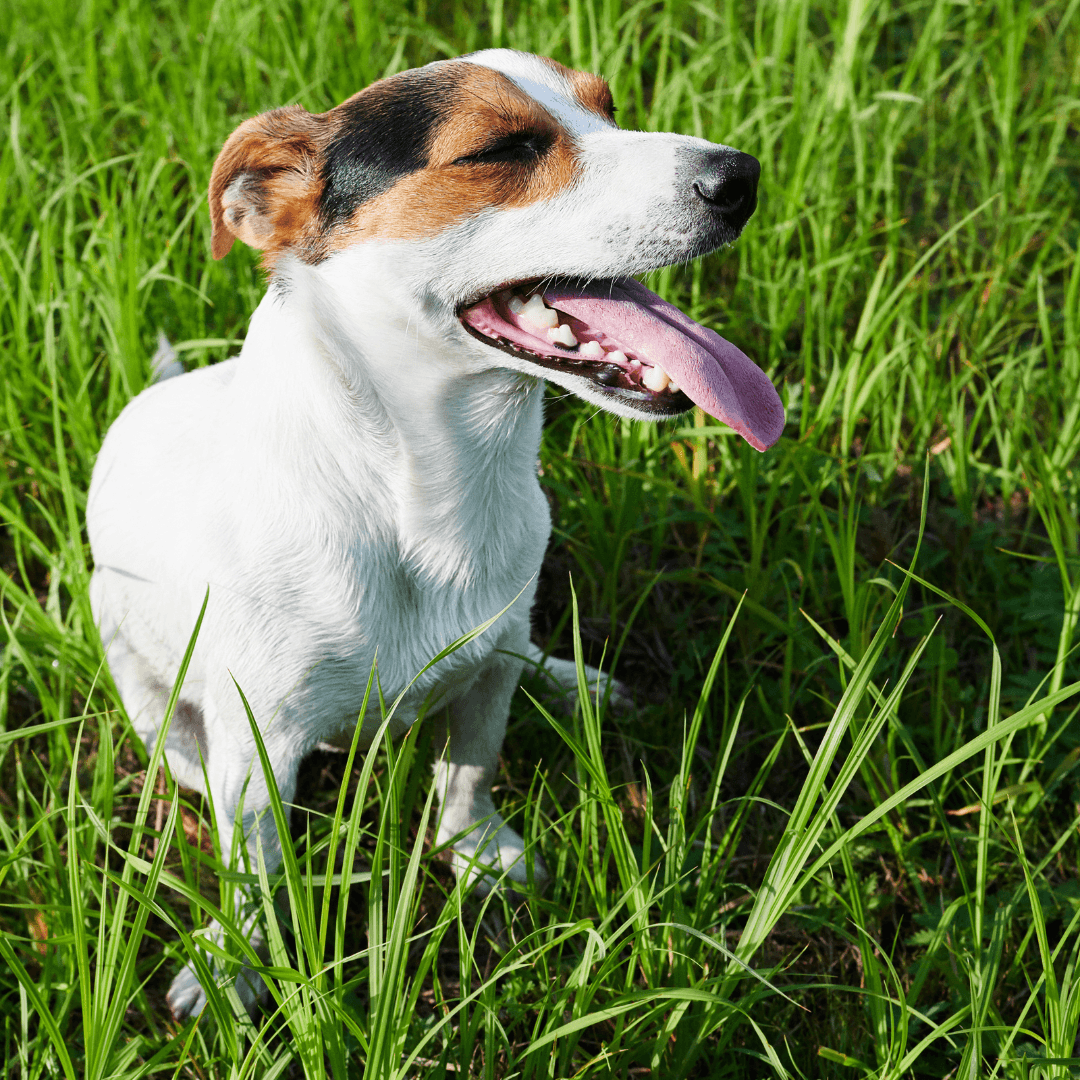
5. Difficulty Breathing
Obese dogs may experience difficulty breathing, also known as dyspnea, because their excess weight puts pressure on their chest and lungs.
This pressure can make it harder for the lungs to expand fully, reducing the amount of oxygen that can be taken with each breath.
As a result, obese dogs may exhibit signs of respiratory distress, such as rapid or difficult breathing, especially during exercise or in hot weather when the oxygen demand is higher.
The increased weight can also compress the airways, further contributing to breathing difficulties.
Owners of obese dogs need to monitor their breathing patterns and seek veterinary advice if they notice any signs of respiratory distress.
Weight management strategies, including diet modification and exercise, can help reduce the strain on the respiratory system and improve breathing function in obese dogs.
6. Changes In Behaviour
Obese dogs may exhibit changes in behaviour that can indicate their weight-related discomfort.
Modifications in conduct, such as heightened agitation or diminished enthusiasm for games or physical activity, may signify issues with obesity in dogs that arise from pain and limited mobility.
Additionally, obese dogs may show a decreased interest in play or exercise, as the excess weight can make physical activity more challenging and less enjoyable.
They may also become reluctant to move or be less active overall, preferring to rest or sleep longer.
These behavioural changes can hurt their overall quality of life and may also indicate underlying health issues related to obesity, such as joint pain or respiratory problems.
Owners need to monitor their dog's behaviour closely and consult with a veterinarian if they notice any significant changes, as addressing obesity and its related issues can help improve their dog's well-being and quality of life.

7. Tail Base
In obese dogs, the base of the tail is a common area for fat accumulation, often resulting in the tail appearing short or buried in fat.
This is due to the excess weight surrounding the tail, making it difficult to see its natural length and shape.
The fat accumulation at the base of the tail is a visible indicator of obesity and can also affect the tail's mobility and flexibility.
Obese dogs may have difficulty moving their tails freely or may exhibit signs of discomfort when attempting to do so.
Monitoring the base of the tail can help pet owners assess their dog's weight and body condition and remind them to consult with a veterinarian about weight management strategies.
Addressing dog obesity is important for their overall health and well-being, and identifying visible signs, such as fat accumulation at the tail base, can help in early intervention and management.
8. Weight History
Recording your dog's weight history is important for monitoring its health and identifying potential issues such as obesity.
Recording your dog's weight history regularly can help identify overweight problems. A gradual increase in weight may indicate a need to adjust the dog's diet or exercise routine to prevent obesity.
Conversely, sudden weight gain can be a cause for concern. A veterinarian should investigate it, as it could be a sign of an underlying health problem, such as hypothyroidism or Cushing's disease.
By maintaining a weight history for your dog and being vigilant for any changes, you can work with your veterinarian to address weight issues early and ensure your dog maintains a healthy weight for optimal health and well-being.
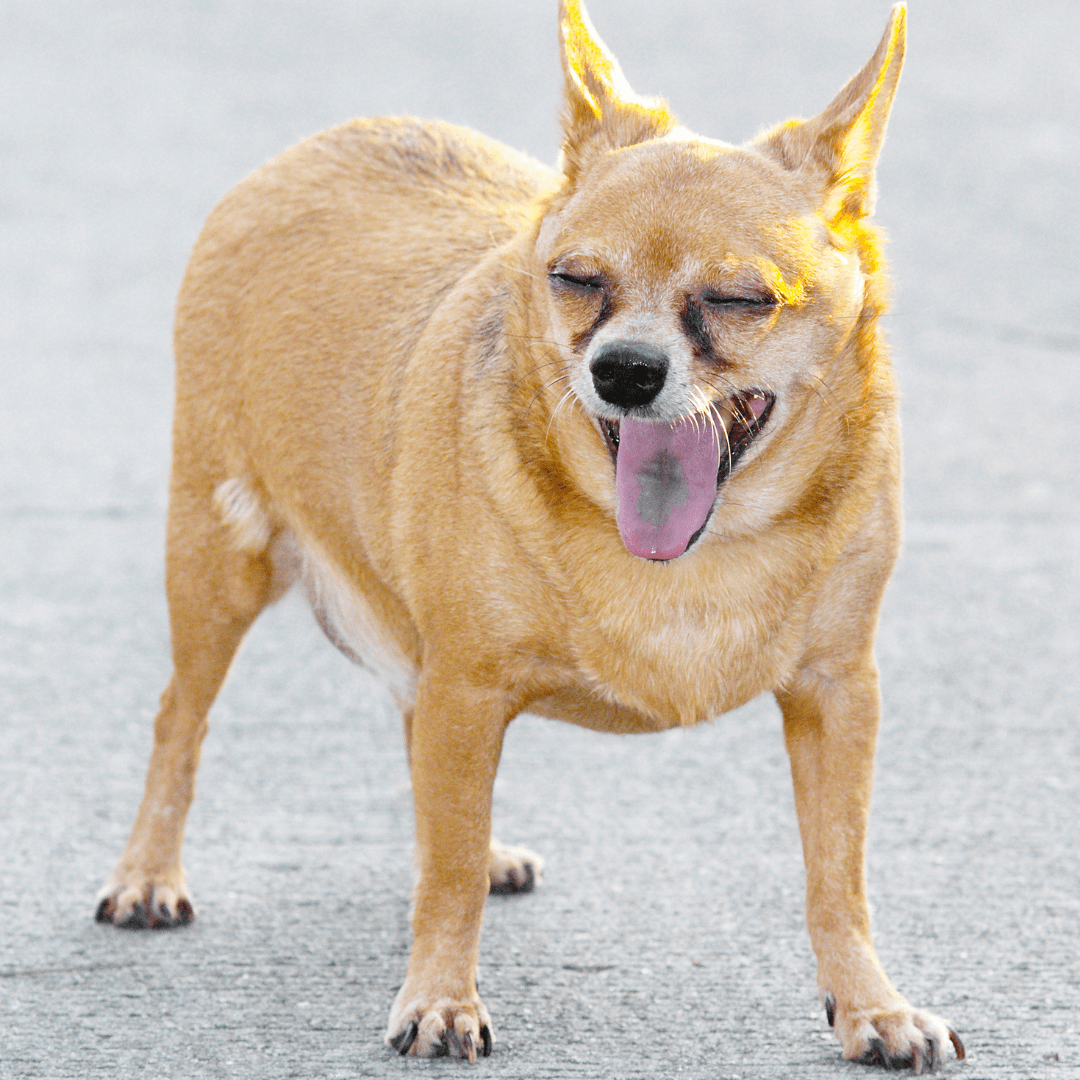
Treatment Of Obesity In Dogs
Treating dog obesity typically involves dietary management, exercise, and lifestyle changes.
Here are the key components of treating obesity in dogs:
1. Dietary Management
Dietary management is a key aspect of treating dog obesity. Your veterinarian might suggest a prescription diet plan for your dog's safe and efficient weight loss.
These diets usually contain a lot of protein and fiber, which give your dog the necessary nutrients and make them feel full and content.
Additionally, they have few calories and fat to aid in weight loss.
Feeding your dog smaller, more frequent meals throughout the day will help control his metabolism and keep him from overindulging.
It's important to measure your dog's food portions accurately and avoid feeding table scraps or high-calorie treats.
Your veterinarian will provide specific feeding instructions based on your dog's weight loss goals and nutritional needs.
Regularly monitoring your dog's weight and body condition score will help you track its progress and ensure it is on the right track to reaching a healthy weight.
2. Calorie Control
Calorie control is crucial in managing dog overweight problems, as accurately measuring food portions and avoiding high-calorie treats can help achieve weight loss goals.
Accurately measuring your dog's food portions ensures they receive the right amount of calories for weight loss.
Avoiding table scraps and high-calorie treats is essential, as these can contribute significantly to your dog's daily calorie intake.
Your veterinarian can help determine your dog's appropriate daily calorie intake based on their current weight, ideal weight, age, activity level, and overall health.
They may recommend a specific type or amount of food to help your dog achieve their weight loss goals.
It's important to follow your veterinarian's recommendations closely and avoid overfeeding, as even small increases in calorie intake can hinder weight loss progress.
Regularly monitoring your dog's weight and adjusting its diet as needed will help ensure it is on the right track to reaching and maintaining a healthy weight.
3. Exercise
Regular, moderate exercise is crucial for managing your dog's weight and promoting overall health.
Walking, swimming, or playing fetch can help burn calories and improve muscle tone.
Aim for at least 30 minutes of exercise daily, but the specific amount will depend on your dog's age, breed, size, and fitness level.
As your dog gains greater fitness, start slowly and progressively increase the duration and intensity of exercise.
Be mindful of your dog's limitations, especially if they are older or have joint issues, and choose low-impact activities to reduce strain on their joints.
Regular exercise helps with weight loss, improves cardiovascular health, strengthens muscles, and enhances mental stimulation.
It's important to make exercise enjoyable for your dog to encourage consistency. By including physical activity in your everyday routine, you can assist your dog in reaching and maintaining a healthy weight and improve your relationship with your pet.
4. Weight Loss Plateaus
While they might be discouraging, weight loss plateaus are frequently encountered by dogs participating in weight-reduction programs.
These plateaus generally signify overweight issues in dogs, which may necessitate dietary or exercise modifications.
However, with patience and persistence, plateaus can be overcome. Your veterinarian can help by adjusting your dog's weight loss plan, such as modifying their diet or increasing their exercise regimen.
This adjustment may involve changing the type or amount of food they eat, incorporating new types of physical activity, or addressing any underlying health issues contributing to the plateau.
It's important to stay committed to the weight loss plan and continue monitoring your dog's progress.
With the right adjustments and ongoing support from your veterinarian, your dog can overcome plateaus and continue to achieve a healthy weight.
5. Family Involvement
Involving the entire family in your dog's weight loss journey is crucial for success. Consistency is key in managing your dog's diet, exercise, and overall lifestyle.
All family members should know the weight loss goals and understand the importance of sticking to the plan.
This includes feeding the dog the correct amount of food, avoiding high-calorie treats, and ensuring they get enough exercise.
Family members can also provide emotional support and encouragement, especially during challenging times or when progress seems slow.
Additionally, involving the whole family can strengthen the bond between family members and the dog, as everyone works together towards a common goal.
By making weight loss a family effort, you can create a supportive environment that sets your dog up for success in achieving and maintaining a healthy weight.
Conclusion
In conclusion, as overweight and obesity in dogs can result in several major health problems and negatively affect a dog's overall quality of life, it is imperative to address these concerns.
Overweight dogs put stress on their joints, which can aggravate or cause illnesses like hip dysplasia and arthritis.
Other major health concerns like diabetes, heart disease, and respiratory disorders are also significantly increased by obesity.
Additionally, carrying extra weight can reduce a dog's quality of life, leading to decreased mobility, lethargy, and a shorter lifespan.
Dog owners must proactively manage their weight through diet, exercise, and regular veterinary check-ups.
By maintaining a healthy weight, dogs can enjoy a better quality of life and lower their risk of developing obesity-related health problems.
The key is to provide a balanced diet, monitor portion sizes, ensure regular exercise, and seek veterinary advice when needed to help dogs achieve and maintain a healthy weight.
I trust you enjoyed this article on Solutions To Dog Overweight Problems. Please stay tuned for more blog posts soon. Take care!
JeannetteZ
>>>Please click here to read my article on A Full Overview Of Dogs And Their Activity<<<
>>>Brain Training For Dogs Review<<<
My #1 Dog Training Recommendation
Your Opinion Is Important To Me
Do you have thoughts, ideas, or questions? I would love to hear from you. Please leave me your questions, experiences, and remarks about this Solutions To Dog Overweight Problems article in the comments section below. You can also reach me by email at Jeannette@Close-To-Nature.org.
Disclosure
This post may contain affiliate links. As an Amazon Associate and other affiliate programs, I earn from qualifying purchases at no extra cost to you. Please read my full affiliate disclosure.
You might also enjoy these blog posts:
Raw Vegetables For Dogs – A Guide To Healthy Snacking
Best Homemade Cat Food Recipes
Type Of Soil For Vegetable Gardens
Unlocking The Secrets Of Trikatu
Best Tips To Grow Jojoba In Containers


